Bb12-6 Once again. Egypt was south of the MEDI-TERRANEAN with Rome on the other side of a great Sea. This was like an inverted picture of a great Land between a pair or rivers, viz. that of MESO-POTAMIA:
This perceived inversion was based on how the Nile was moving from the mountains in the South down to the North - like the undulating shadow serpent on the north side of the pyramid of Kukulkan (the Flying, i.e. Feathered, Serpent):
... Behind me, towering almost 100 feet into the air, was a perfect ziggurat, the Temple of Kukulkan. Its four stairways had 91 steps each. Taken together with the top platform, which counted as a further step, the total was 365. This gave the number of complete days in a solar year. In addition, the geometric design and orientation of the ancient structure had been calibrated with Swiss-watch precision to achieve an objective as dramatic as it was esoteric: on the spring and autumn equinoxes, regular as clockwork, triangular patterns of light and shadow combined to create the illusion of a giant serpent undulating on the northern staircase ... ... the great high priest and monarch of the Golden Age in the Toltec city of Tula, the City of the Sun, in ancient Mexico, whose name, Quetzalcoatl, has been read to mean both 'the Feathered Serpent' and 'the Admirable Twin', and who was fair of face and white of beard, was the teacher of the arts to the people of pre-Columbian America, originator of the calendar, and their giver of maize ...
...I must here take the opportunity to document, before it vanishes from my memory, how scientists (according to a TV program I happened to stumble on yesterday) had found out that the 91 vertical stone segments clearly had been arranged in order to produce a remarkable acoustical phenomenon - viz. how someone (like a priest) when clapping his hands standing on the ground in front of the pyramid would receive an echo of approval from the stones, sounding exactly like the chirp of the Flying Serpent (Kukulkan, the Quetzal Coatl) ...
The year in Egypt began with the inundation of the Nile occurring in July whereas the year in Rome began half a year away with the month of Janus, the god at the Door. ... Janus was perhaps not originally double-headed: he may have borrowed this peculiarity from the Goddess herself who at the Carmentalia, the Carmenta Festival in early January, was addressed by her celebrants as 'Postvorta' and 'Antevorta' - 'she who looks both back and forward' ...
... Now Eridanus, the watery grave of Phaeton - Athanasius Kircher's star map of the southern hemisphere still shows Phaethon's mortal frame lying in the stream - was seen as a starry river leading up to the other world. The initial frame stands, this time traced in the sky. And here comes a crucial confirmation. That mysterious place, pī nārāti, literally the mouth of the rivers', meaning, however, the 'confluence' of the rivers, was traditionally identified by the Babylonians with Eridu. But the archeological site of Eridu is nowhere near the confluence of the Two Rivers of Mesopotamia. It is between the Tigris and Euphrates, which flow separately into the Red Sea, and placed rather high up. The proposed explanation, that it was the expanding of alluvial land which removed Eridu from the joint 'mouth' of the rivers, did not contribute much to an understanding of the mythical topos of pī nārāti, and some perplexed philologist supposed in despair that those same archaic people who had built up such impressive waterworks had never known which way the waters flow and had believed, instead, that the two rivers had their source in the Persian Gulf ... In the C text a kind of ambiguity appears to be described by how Rogo (Lono) reveals itself by two figures (both in a state of winter, hunger, when food was scarce):
... Antares, visible in the morning sky of December-January, came to stand for summer heat; hence the saying, 'Rehua cooks (ripens) all fruit'. The generally accepted version of the Rehua myth, according to Best, is that Rehua had two wives, the stars on either side of Antares. One was Ruhi-te-rangi or Pekehawani, the personification of summer languor (ruhi), the other Whaka-onge-kai, She-who-makes-food-scarce before the new crops can be harvested ... These glyph numbers suggest the first Rogo figure corresponded to the Gregorian equinox (March 21) and the latter to the Julian equinox ('March 25). Although this was evidently only a Sign from the creator of the C text in order to make clear for the reader that this place was equinox. I.e., the central (important) place was that of Al-maaz (ε) - the Male Goat - in the era of Mother Goat (Capella):
... The Akkadian Dil-gan I-ku, the Messenger of Light, or Dil-gan Babili, the Patron star of Babylon, is thought to have been Capella, known in Assyria an I-ku, the Leader, i.e. of the year; for, according to Sayce, in Akkadian times the commencement of the year was determined by the position of this star in relation to the moon at the vernal equinox ... ... Despite its faintness, Capricornus has one of the oldest mythological associations, having been consistently represented as a hybrid of a goat and a fish since the Middle Bronze Age. First attested in depictions on a cylinder-seal from around the 21st century BC, it was explicitly recorded in the Babylonian star catalogues as MUL-SUHUR.MAŠ 'The Goat-Fish' before 1000 BC. The constellation was a symbol of the god Ea and in the Early Bronze Age marked the winter solstice. Due to the precession of the equinoxes the December solstice no longer takes place while the sun is in the constellation Capricornus, as it did until 130 BCE, but the astrological sign called Capricorn begins with the solstice. The solstice now takes place when the Sun is in Sagittarius. The sun's most southerly position, which is attained at the northern hemisphere's winter solstice, is now called the Tropic of Capricorn, a term which also applies to the line on the Earth at which the sun is directly overhead at noon on that solstice. The Sun is now in Capricorn from late January through mid-February. In Greek mythology, the constellation is sometimes identified as Amalthea, the goat that suckled the infant Zeus after his mother Rhea saved him from being devoured by his father Cronos (in Greek mythology). The goat's broken horn was transformed into the cornucopia or horn of plenty.
Capricornus is also sometimes identified as Pan, the god with a goat's head, who saved himself from the monster Typhon by giving himself a fish's tail and diving into a river. The planet Neptune was discovered in Capricornus by German astronomer Johann Galle, near Deneb Algedi (δ Capricorni) on September 23, 1846, which is appropriate as Capricornus can be seen best from Europe at 4:00 am in September ...
Deneb Algiedi (*329) - *74 (Almaaz) = *255 → *72 + *183:
This was at the Gate of the Goat.
The fact that both the C and B texts probably were describing this place as a beginning suggests the year of Rigel: ... In view of the almost universal prevalence of the Pleiades year throughout the Polynesian area it is surprising to find that in the South Island and certain parts of the North Island of New Zealand and in the neighboring Chatham Islands, the year began with the new Moon after the yearly morning rising, not of the Pleiades, but of the star Rigel [*78] in Orion ... Almaaz (*74) + *14 = *88 (Betelgeuze):
... The canoes of Ava Rei Pua and of Hotu were seen near the (off-shore) islets. On the fifteenth day of the month of October (tangaroa uri) the canoe of Hotu and the canoe of Ava Rei Pua landed. On the fifteenth day of the month of October (tangaroa uri), Nonoma left the house during the night to urinate outside. At this point Ira called out to Nonoma, 'Look at the canoe!' Nonoma ran, he quickly went to Te Hikinga Heru (a ravine in the side of the crater Rano Kau) and looked around. There he saw the double canoe way out near the (offshore) islets, and the two (hulls of the canoe) were lashed together. He ran and returned to the front of the house. He arrived and called into the house: 'Hey you! This canoe has arrived during the night without our noticing it!' Ira asked Nonoma, 'Where is the canoe, which you say is lying out there (in the water)?' Nonoma's voice came back: 'It is out there (in the water) close to the (offshore) islets! There it lies, and the two (hulls) are lashed together.' The four of them (corrected for 'the six of them') went out and picked up leaves (on branches) to give signals. They picked them up, went and arrived at Te Hikinga and saw the canoe. Raparenga got up, picked up the leaves, took them in his hands, and waved, waved, waved, waved ... [E:75] ... The 15th day of October (288) was the same day as that which the Pope Gregory XIII had chosen for the beginning of his new calendar ... The pair of royal double-canoes were lashed together, were at this point not yet separated.
But then they separated, one going to the right and the other going withershins before being joined together again at the other side of Easter island [E:79], where Tuu Maheke [E:80] and [E:81] Ava Rei Pua Poki were born. ... low down among the other stones in the wall of Ahu Naunau in Anakena [they] found a crowned head broken off at the neck, and clearly it was from a stone statue which headless earlier had been brought to Norway. For the Easter Islanders the immediate response to the new discovery was La Reina! - it just had to be their ancient queen Avareipua. Old people cried emotionally ... [E:79]
In other words, the pair of double-canoes in a way simulated the situation in Meso-potamia - the Land between a pair of rivers, in the east by the raging and quickly moving Tigris and in the west by the tranquil undulating Euphrat (his good, admirable, twin). This structural idea is confirmed by how the Raven created Haida Gwaii (The Islands on the Boundary between Worlds): There had to be a pair of 'gambling sticks' working together in the proper way - on the surface of the sea: ... Already the ancient Babylonians associated winter solstice, and also summer solstice, with uncertainty ('the chamber of hazard' months, Ubšugina respectively Duazaga), and the hard to see planets Saturn and Mercury are possible to use in order to illustrate how difficult it is to perceive the future - the future is uncertain ... ... The old man gave the Raven two small sticks, like gambling sticks, [first] one black, [and then] one multicoloured. He gave him instructions to bite them apart in a certain way and told him to spit the pieces at one another on the surface of the sea. The Raven climbed back up the pole, where he promptly did things backwards, just to see if something interesting would occur, and the pieces bounced apart. It may well be some bits were lost. But when he gathered what he could and tried again - and this time followed the instructions he had been given - the pieces stuck and rumpled and grew to become the mainland and Haida Gwaii ...
|
||||||||||||||||||||||||||||||||||||||||||||||||||||||||||||||||||||||||||||
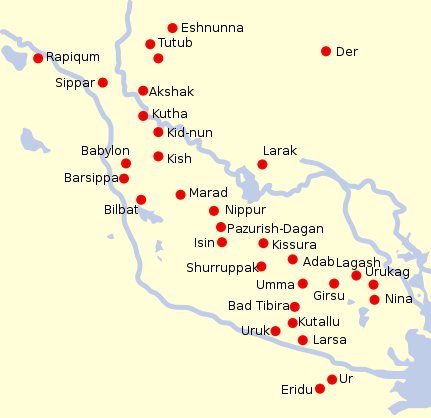
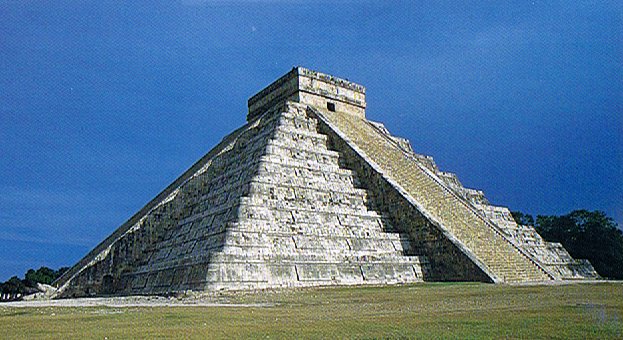
.jpg)
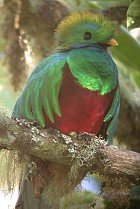




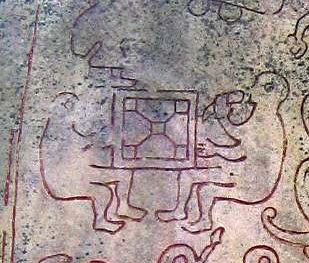
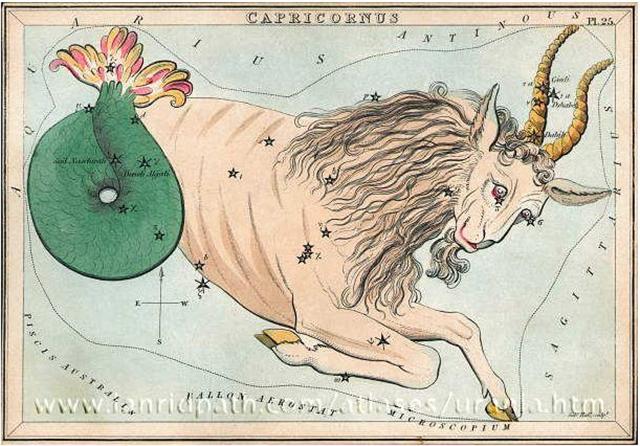
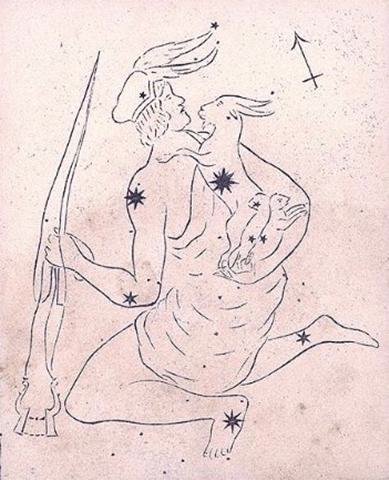

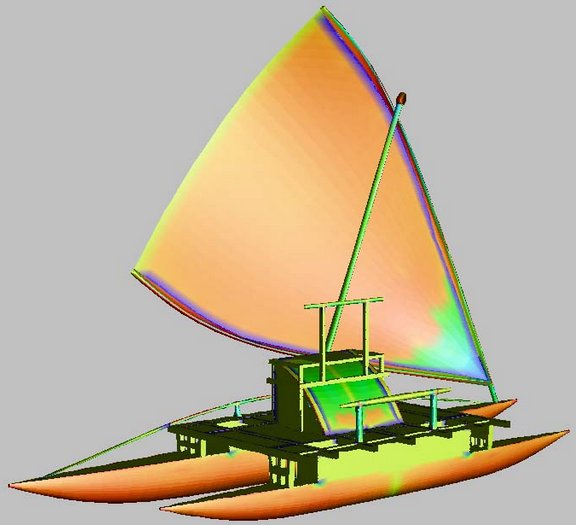
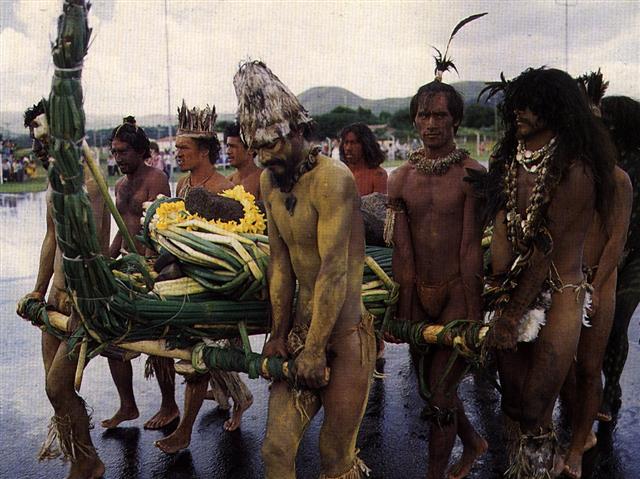
.jpg)